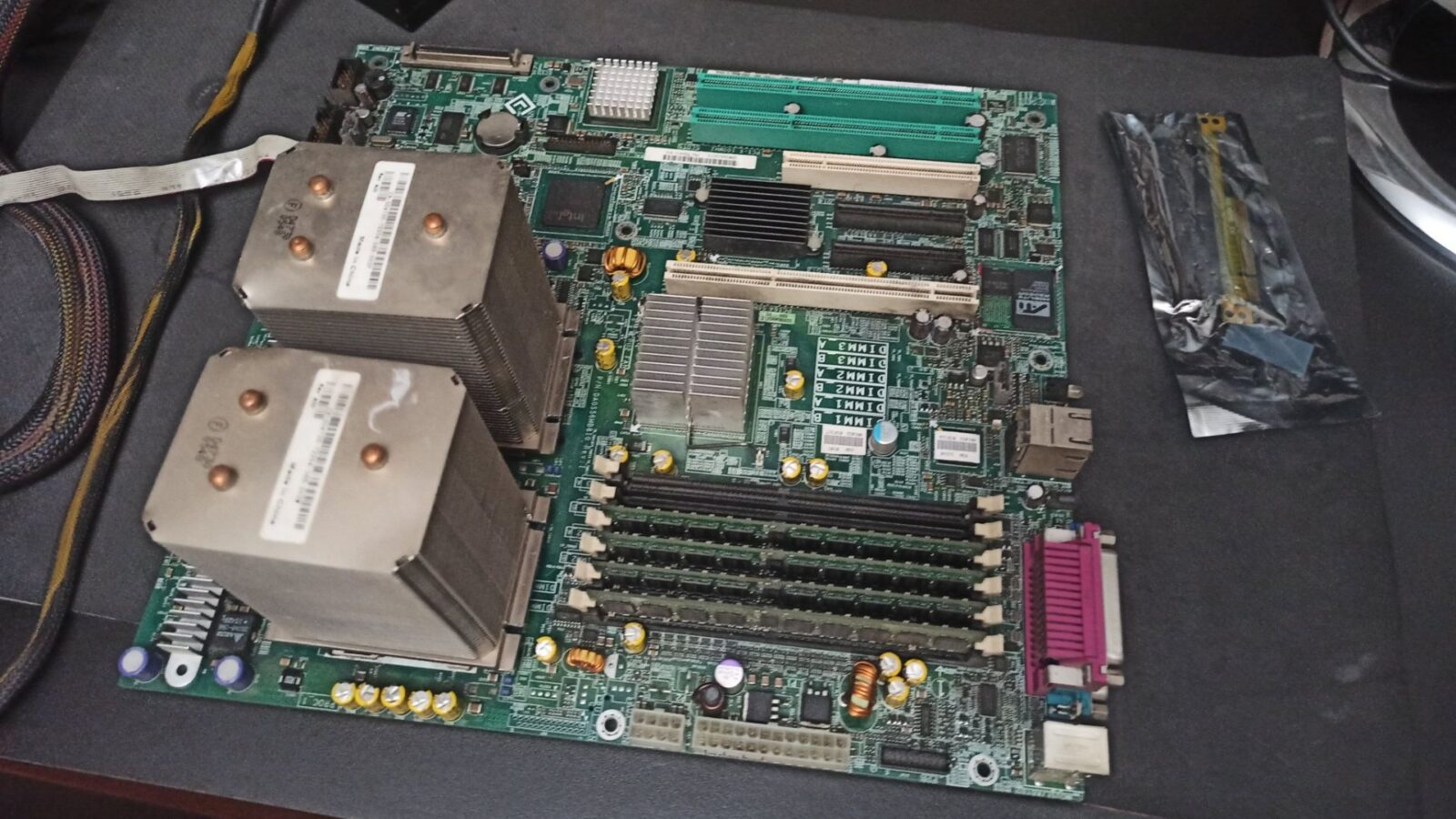Daftar Isi
Whether you’re managing a data center, running critical servers, or simply ensuring your home office PC stays operational, reliable power is non-negotiable. Enter the unsung hero of the tech world: the redundant power supplies (RPS). In this article, we’ll explore what RPS is, why it matters, and when you should consider implementing it.
What Is a Redundant Power Supply?
In the realm of data centers, high-availability computing environments, and mission-critical systems, the term “redundant power supplies” carries immense weight. But what exactly is it? Simply put, an RPS is a backup mechanism designed to maintain power in case of a primary power failure.
Picture this: your server room humming along, processing requests, storing data, and suddenly—zap!—the lights flicker, and the primary power supply stumbles. Without an RPS, this scenario could spell disaster. But fear not! The RPS steps in, seamlessly taking over the power load, ensuring uninterrupted operation. These power supply units (PSUs) work in tandem, each capable of running the system independently. If one falters, the other picks up the slack, eliminating single points of failure. The result? Enhanced reliability, uptime, and peace of mind.
Read More: PSU Safety: Surge Protection and Voltage Regulation
When Should You Implement Redundant Power Supplies?
In the fast-paced realm of modern technology, where every second counts and downtime is simply not an option, the implementation of Redundant Power Supplies (RPS) emerges as a strategic imperative. From data centers to healthcare facilities, financial institutions, manufacturing plants, and telecom networks, the need for uninterrupted power has never been more critical. Let’s explore the pivotal scenarios where redundant power supplies are indispensable:
Data Centers
In the bustling corridors of data centers, where servers tirelessly process vast amounts of data around the clock, downtime is synonymous with lost revenue, disrupted operations, and potential data loss. Implementing redundant power supplies ensures continuity of service, even in the face of PSU failures.
With redundant power supplies in place, if one PSU malfunctions or undergoes maintenance, the backup unit seamlessly takes over, ensuring that essential services remain online without disruption. This reliability is paramount for maintaining the integrity of critical data and meeting the demands of modern computing.
Healthcare Facilities
Picture the scene in a hospital’s intensive care unit, where patient monitors, life support systems, and electronic health records are the lifelines of medical professionals. In such environments, where lives hang in the balance, stable power is non-negotiable.
Redundant power supplies serve as a vital safeguard, ensuring that critical medical equipment remains operational even during electrical disturbances or maintenance activities. With RPS in place, healthcare providers can focus on delivering life-saving care without worrying about power interruptions jeopardizing patient safety.
Financial Institutions
In the lightning-fast world of stock exchanges, banks, and trading platforms, where transactions are executed in milliseconds, any disruption in power supply could spell financial catastrophe. Redundant power supplies play a pivotal role in maintaining the uninterrupted flow of transactions and preserving market stability.
With redundant power supplies backing up critical infrastructure, financial institutions can navigate through potential power fluctuations or outages with confidence, ensuring seamless operations and safeguarding against catastrophic financial losses.
Manufacturing Plants
Within the bustling confines of manufacturing plants, where production lines operate with clockwork precision, interruptions in power supply can lead to costly downtime, production delays, and decreased efficiency.
By deploying redundant power supplies, manufacturing facilities can mitigate the risks associated with power disruptions, ensuring that production lines continue to function uninterrupted. This resilience enables factories to meet production targets efficiently and maintain competitiveness in the market.
Telecom Networks
In an era dominated by digital connectivity, where our reliance on seamless communication is ever-present, telecom networks play a crucial role in keeping us connected. Cell towers, routers, and switches form the backbone of our digital infrastructure, requiring uninterrupted power to function effectively.
Redundant power supplies provide telecom networks with the resilience needed to withstand power fluctuations, adverse weather conditions, or grid failures. With RPS in place, the continuity of communication services is ensured, allowing individuals and businesses to stay connected without disruption.
Cost Considerations
Yes, implementing RPS incurs upfront costs—additional hardware, dual PSUs, and meticulous wiring. But weigh this against the potential losses due to unplanned downtime. Suddenly, the investment seems prudent. So, whether you’re safeguarding your e-commerce platform, your cloud services, or your cozy home office, consider the RPS. It’s the silent guardian that ensures your tech world keeps spinning, even when the lights flicker.

































